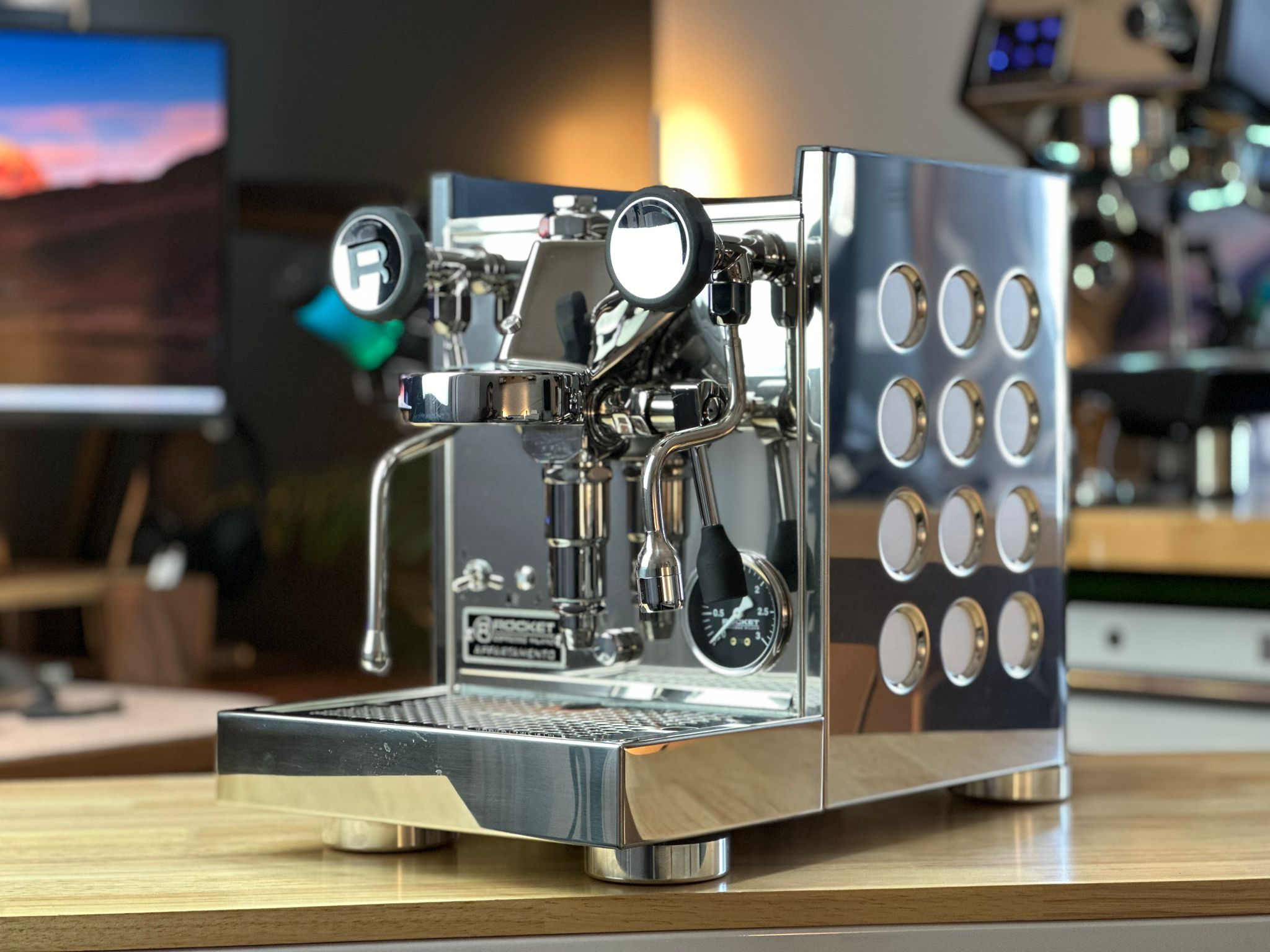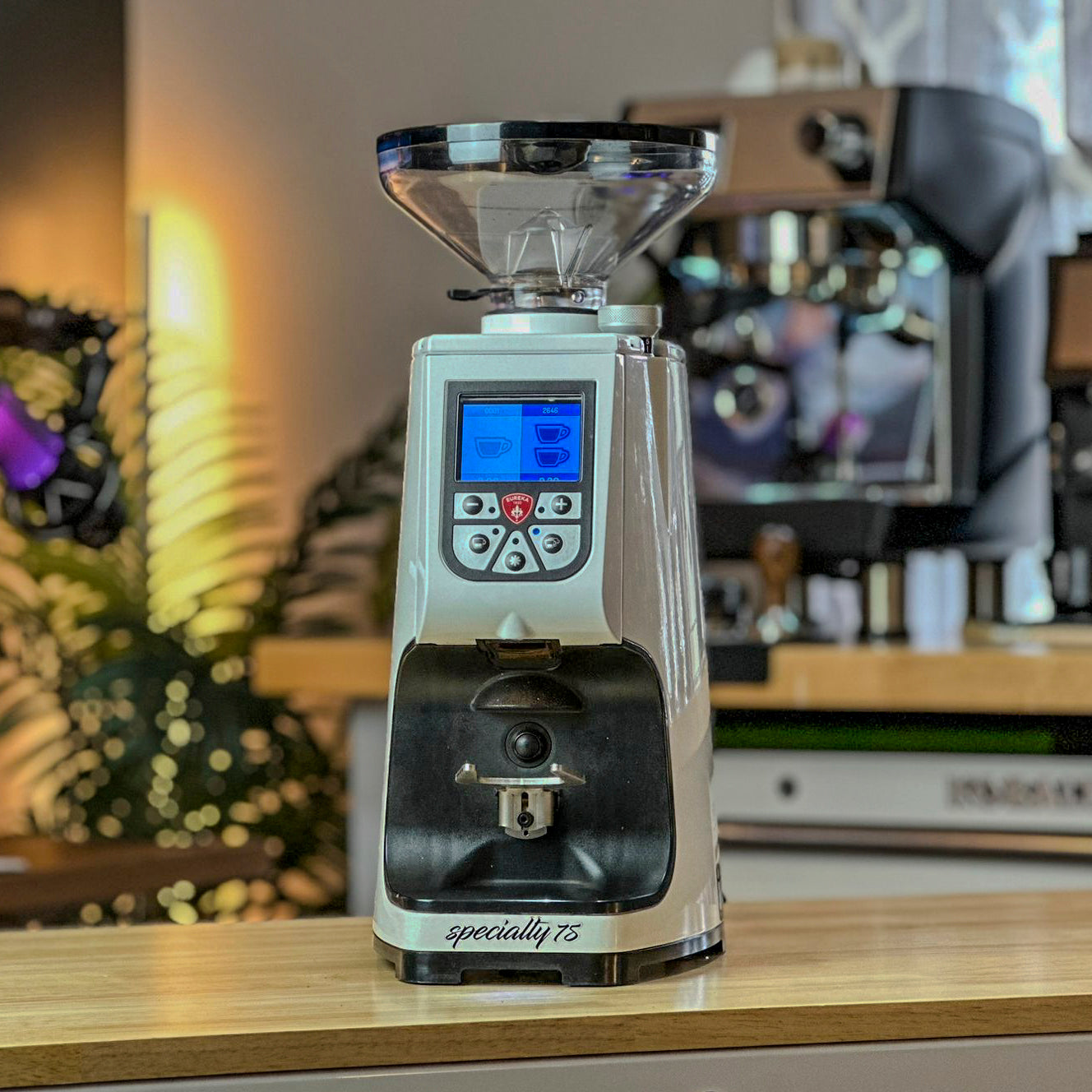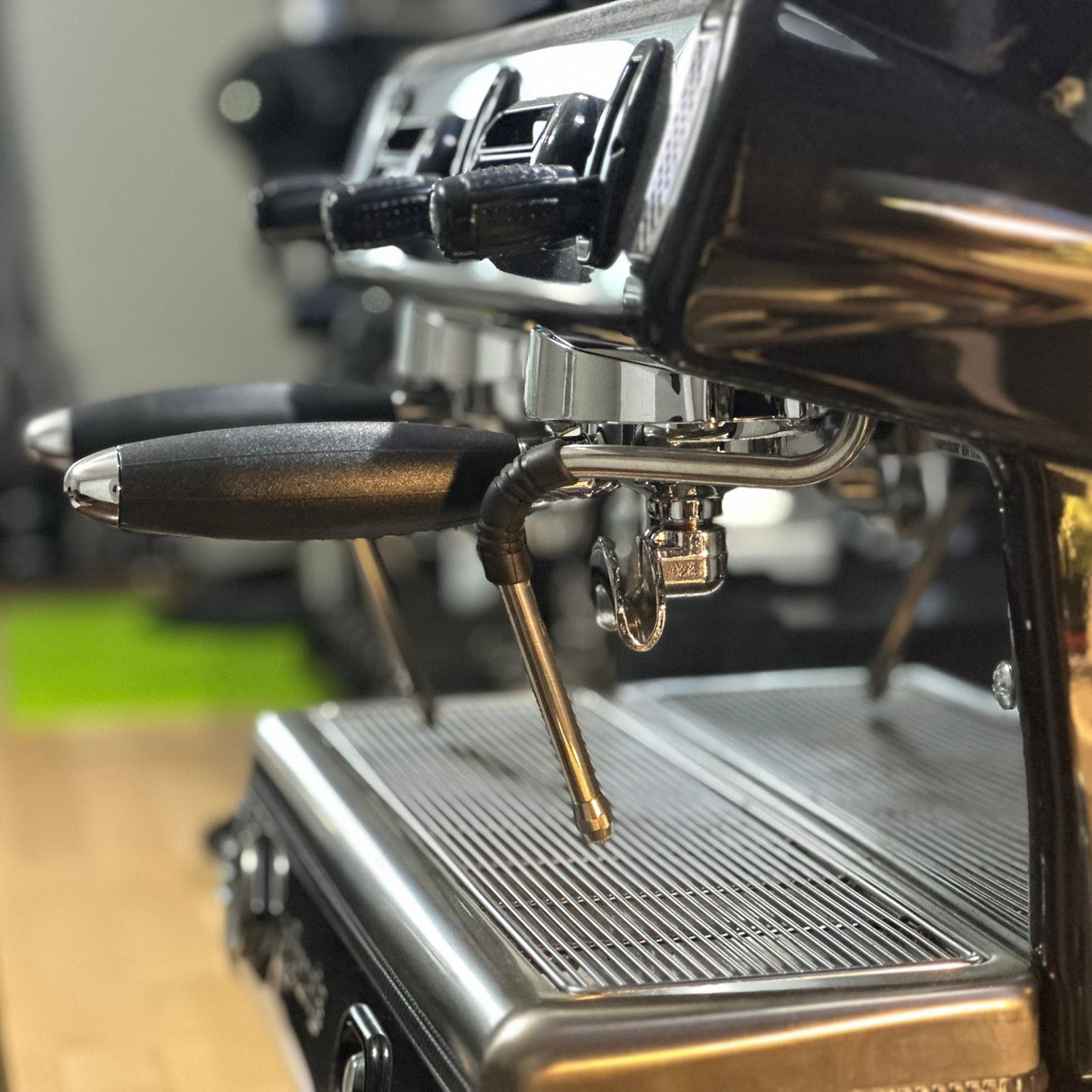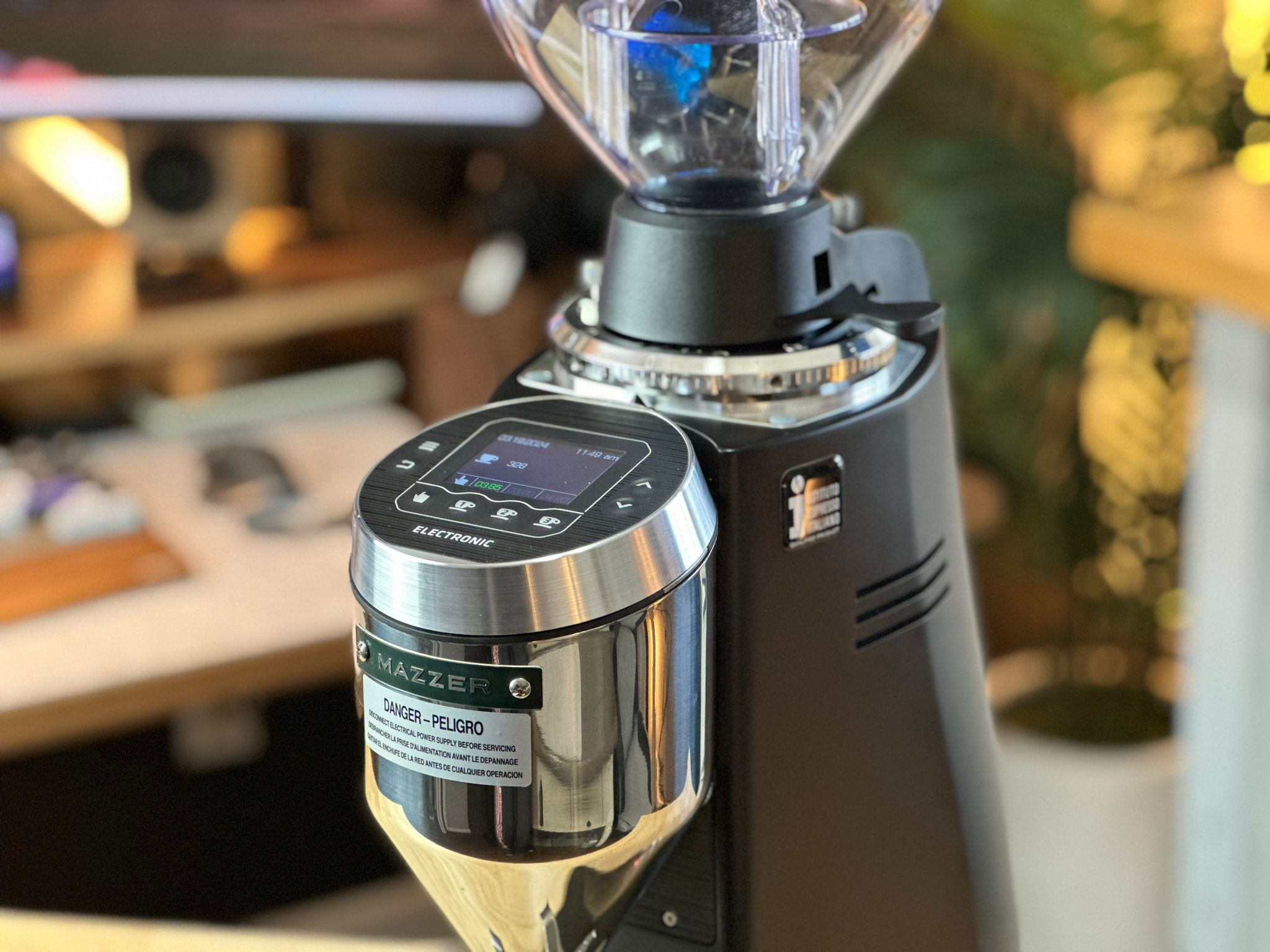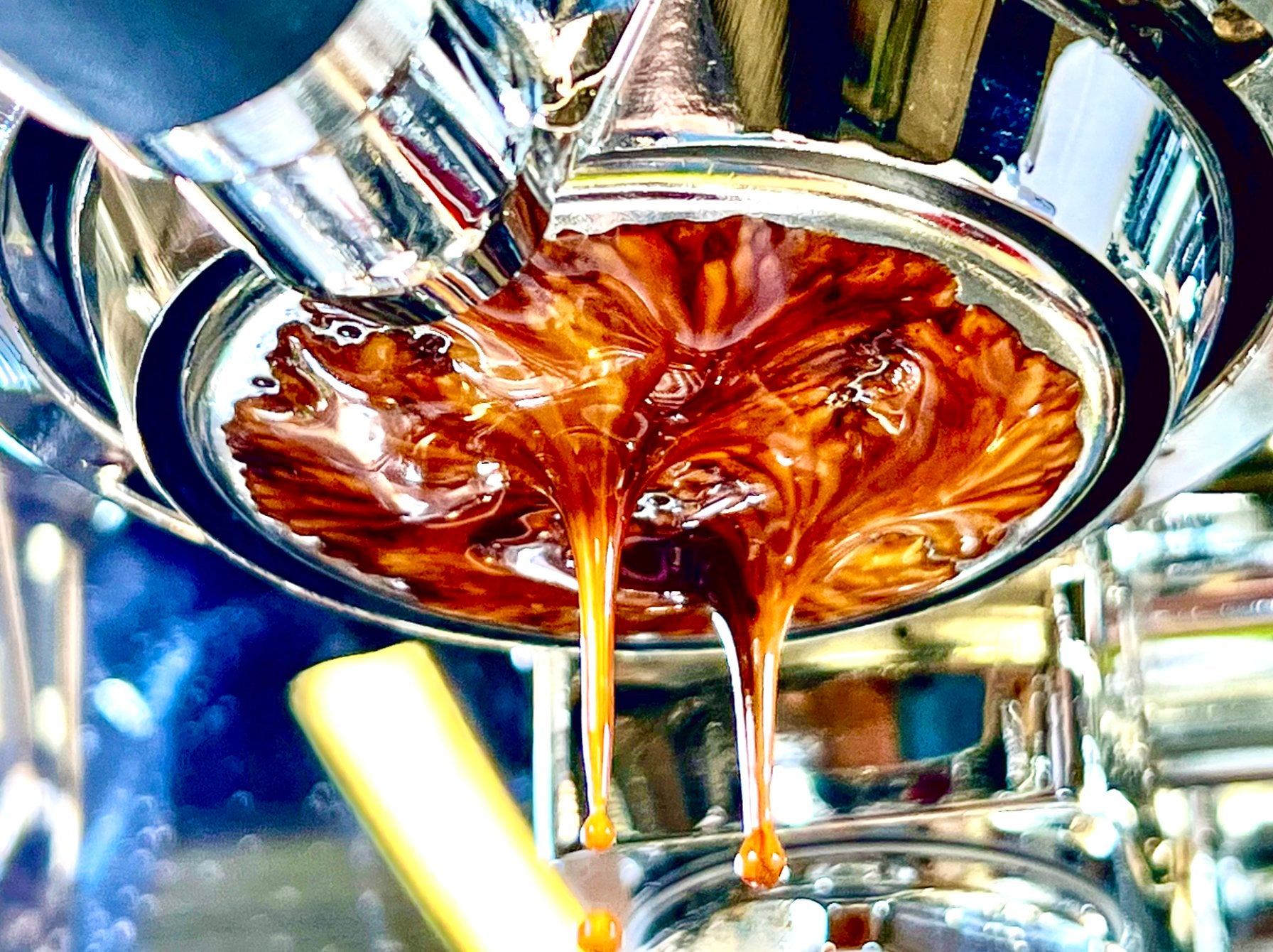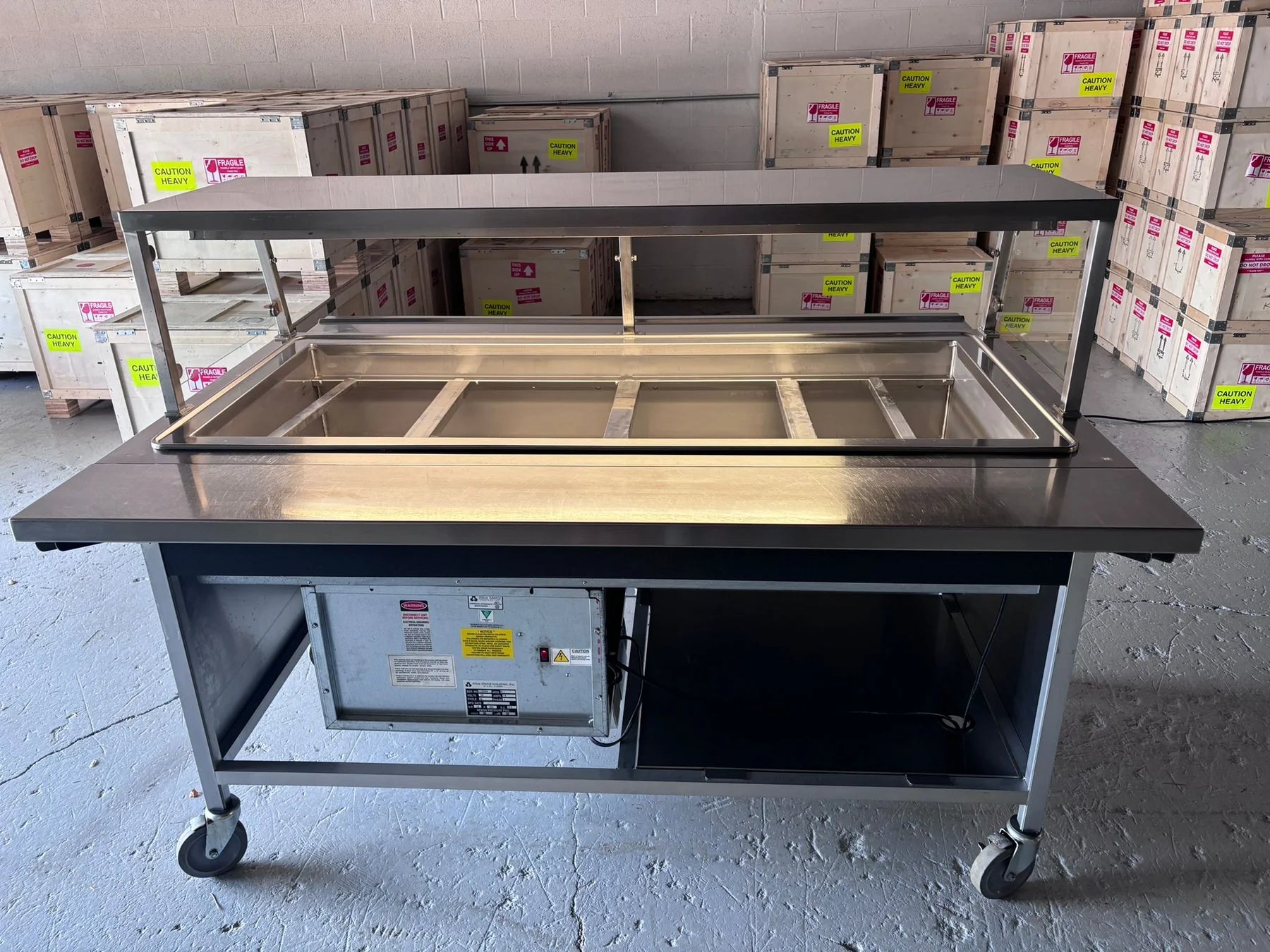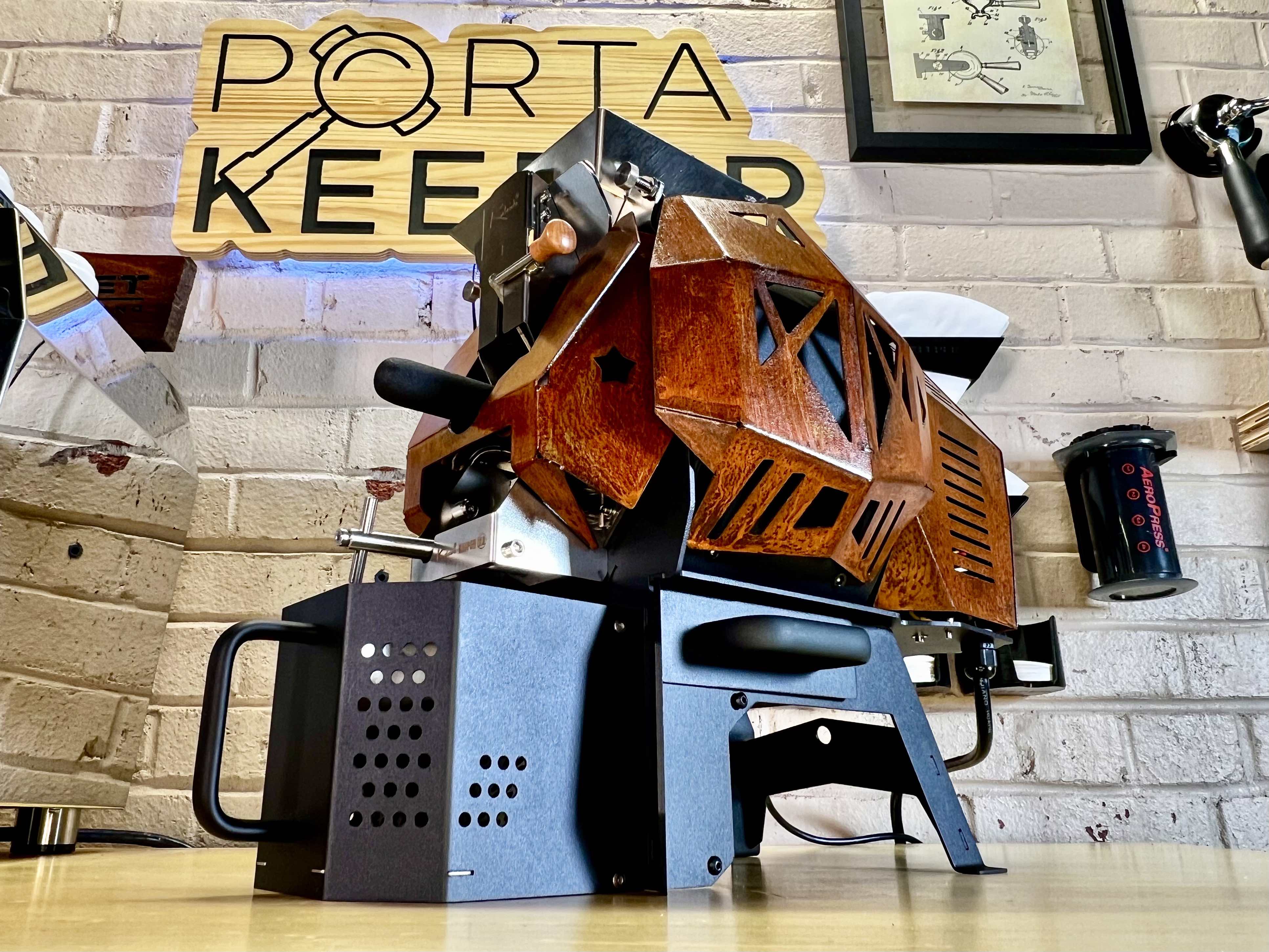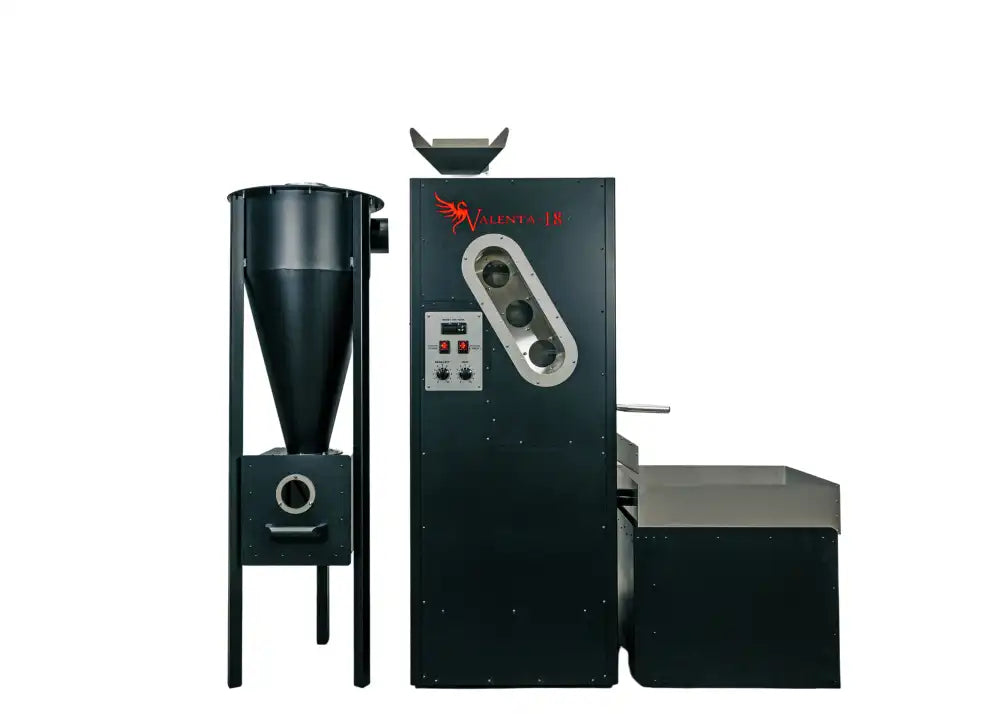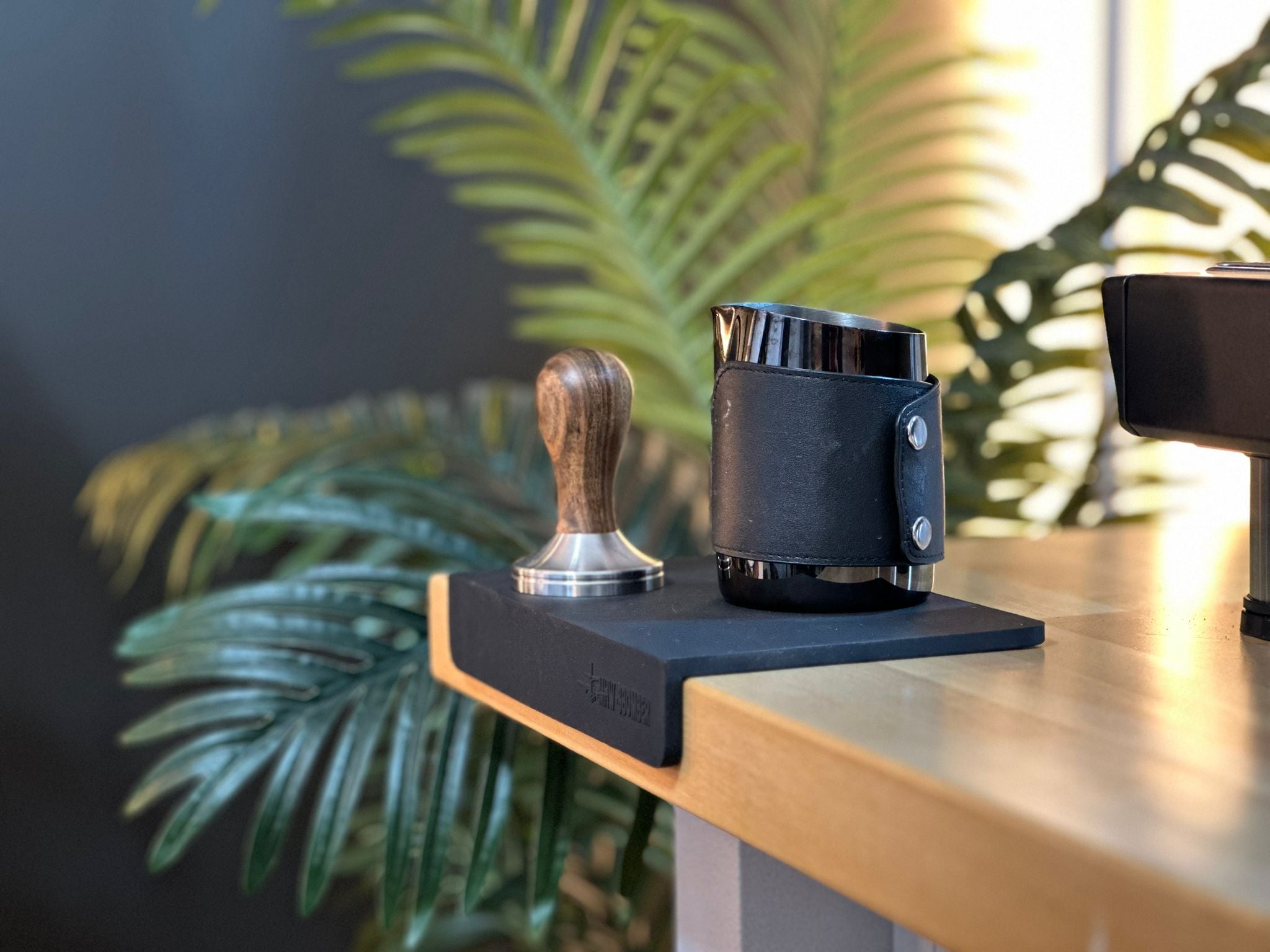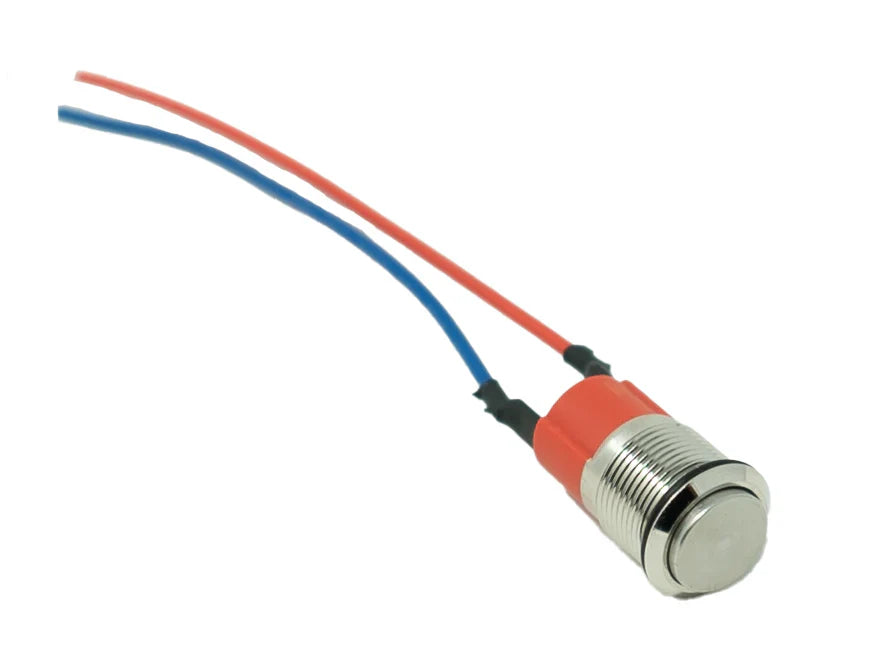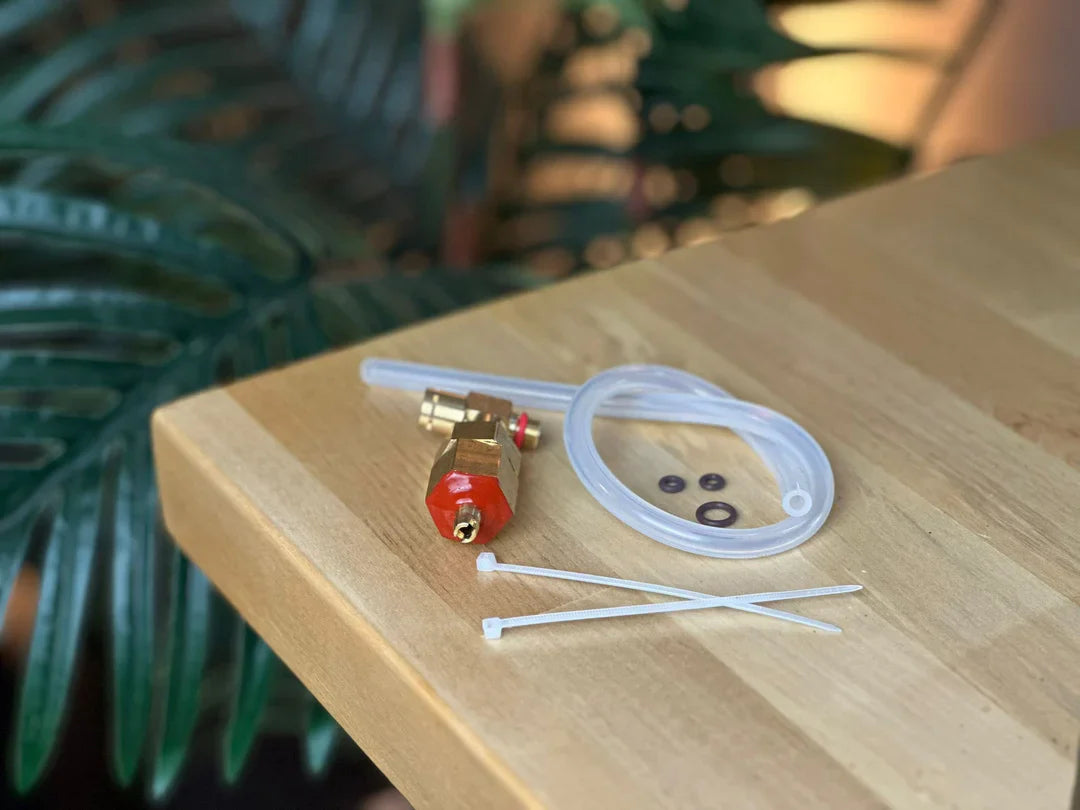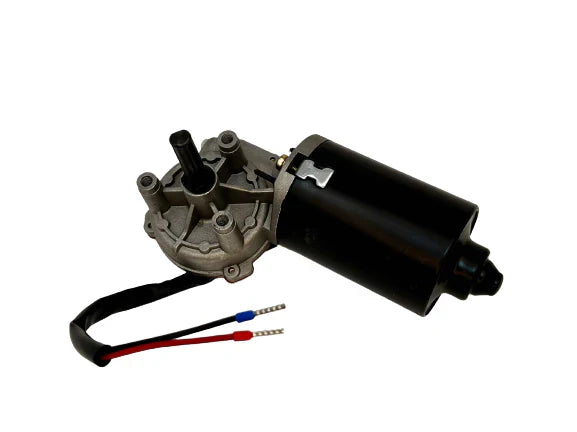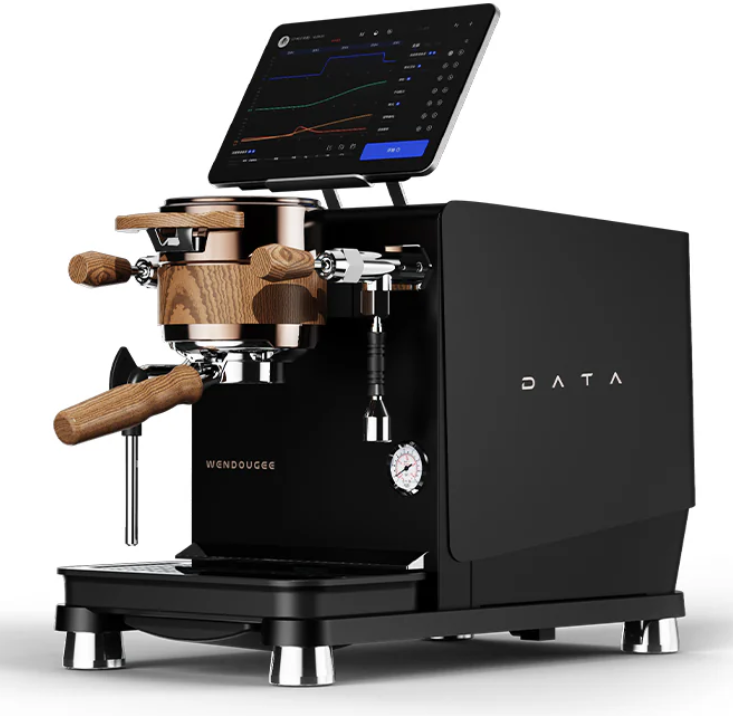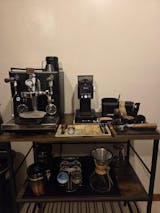Temperature Stability in Espresso Machines: A Comparative Study
Introduction
Temperature stability is one of the most critical factors influencing espresso quality. Even small fluctuations in water temperature during extraction can drastically alter the taste profile of espresso, leading to under or over-extraction. As a result, temperature stability has become a benchmark for evaluating espresso machine performance, especially in high-end models. This article provides a comparative analysis of the temperature stability across different types of espresso machines, focusing on the role of technological advancements such as PID controllers, thermoblock systems, and heat exchange boilers.
Importance of Temperature Stability
The ideal temperature range for brewing espresso is between 90°C and 96°C. Maintaining this range is essential because:
- Low temperatures (<90°C) often lead to under-extraction, producing sour flavors.
- High temperatures (>96°C) can cause over-extraction, resulting in bitter or burnt flavors.
A study conducted by Smith and colleagues (2015) highlights that temperature fluctuations greater than ±1.5°C during extraction can lead to inconsistent flavor profiles, affecting the body, sweetness, and acidity of the espresso.
Comparative Systems in Espresso Machines
There are several common heating systems used in espresso machines, each with varying levels of temperature stability:
-
Single Boiler
- Design: These machines use a single boiler to produce both steam for frothing milk and hot water for brewing espresso.
- Performance: Single boilers often struggle with maintaining temperature stability because the machine must switch between brewing and steaming modes, which involves significant temperature shifts.
- Temperature Range: Fluctuations of ±4°C to ±6°C during brewing have been observed, making it harder to control the quality of extraction (Jones, 2018).
-
Heat Exchanger (HX) Boilers
- Design: In HX machines, a single boiler is used, but with a separate heat exchanger that circulates brewing water at a stable temperature, while steam is still available from the main boiler.
- Performance: HX machines offer improved temperature stability compared to single boilers but may require "temperature surfing" to fine-tune the water temperature before brewing.
- Temperature Range: Temperature fluctuations are typically around ±2°C to ±3°C, providing decent control over extraction but requiring skilled operation (Faulkner, 2019).
-
Thermoblock Systems
- Design: Instead of a boiler, thermoblock systems heat water on demand by passing it through heated metal blocks.
- Performance: While thermoblock systems heat water quickly and efficiently, they may suffer from inconsistent temperatures, especially during longer extractions.
- Temperature Range: Studies show that thermoblock machines can experience variations of ±3°C to ±5°C, especially when transitioning between shots (Cohen, 2020).
-
Dual Boiler
- Design: Dual boiler machines have separate boilers for brewing and steaming, allowing precise control of each process without interference.
- Performance: Dual boilers are among the most stable systems for temperature control, allowing separate adjustments for steaming and brewing. This design minimizes fluctuations during extraction.
- Temperature Range: Temperature variation is typically kept to ±1°C, making dual boilers the choice for professional baristas and high-end espresso enthusiasts (Brown, 2017).
-
PID-Controlled Boilers
- Design: PID (Proportional-Integral-Derivative) controllers are electronic devices that monitor and adjust the heating element's power to maintain a consistent temperature.
- Performance: Machines equipped with PID controllers offer superior temperature stability by minimizing oscillations in heating. This precision is particularly valuable for maintaining consistent espresso quality across multiple extractions.
- Temperature Range: The introduction of PID systems has led to remarkable stability, with temperature fluctuations reduced to ±0.5°C to ±1°C, making PID-controlled machines some of the best in terms of consistency (Brown, 2019).
Comparative Analysis of Espresso Machines
The table below summarizes the temperature stability performance of various espresso machine systems based on a range of studies.
| Espresso Machine Type | Temperature Fluctuation (±) | Advantages | Disadvantages |
|---|---|---|---|
| Single Boiler | ±4°C to ±6°C | Simple design, affordable | Poor temperature stability during steaming |
| Heat Exchanger (HX) | ±2°C to ±3°C | Separate brewing and steaming | Requires skill for temperature surfing |
| Thermoblock | ±3°C to ±5°C | Fast heating, compact size | Inconsistent temperature over multiple shots |
| Dual Boiler | ±1°C | Excellent stability, independent boilers | Expensive, larger footprint |
| PID-Controlled | ±0.5°C to ±1°C | Precise temperature control, ideal for professional use | Higher cost, complex electronics |
Scientific Evaluation and Statistical Results
Thermodynamic Analysis:
In one comparative study of temperature stability in espresso machines (Jones, 2018), a dual boiler machine with a PID controller was evaluated against an HX machine and a single boiler machine. The dual boiler-PID system was able to maintain a brewing temperature of 94°C ± 0.7°C over 10 consecutive extractions, while the HX machine experienced temperature fluctuations of ±2.3°C and the single boiler machine showed fluctuations of ±5°C.
Total Dissolved Solids (TDS) and Extraction Yield (EY):
Another experiment (Smith, 2015) focused on how temperature fluctuations impact the consistency of espresso extraction. PID-equipped machines produced 15% more consistent TDS and EY measurements across extractions, compared to non-PID systems, demonstrating the importance of stable temperature control for achieving high-quality espresso.
Conclusions
The evolution of espresso machine design has resulted in significant improvements in temperature stability, particularly with the advent of dual boilers and PID controllers. These advancements allow baristas to achieve more consistent extractions, which is crucial for producing high-quality espresso. While single boilers and thermoblock systems may be adequate for home use, professionals and serious enthusiasts are increasingly turning to dual boiler and PID-equipped machines to ensure precision and consistency.


